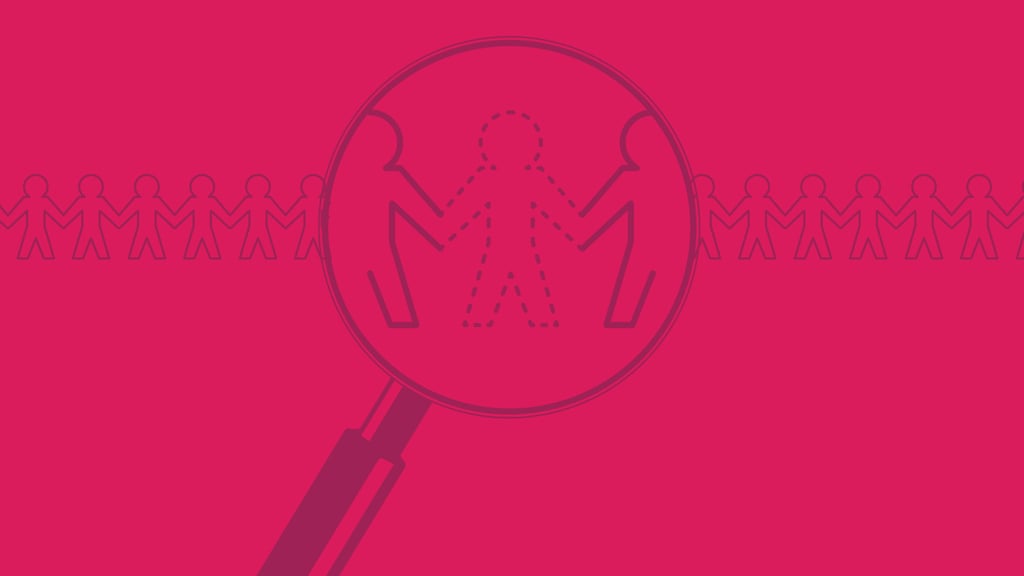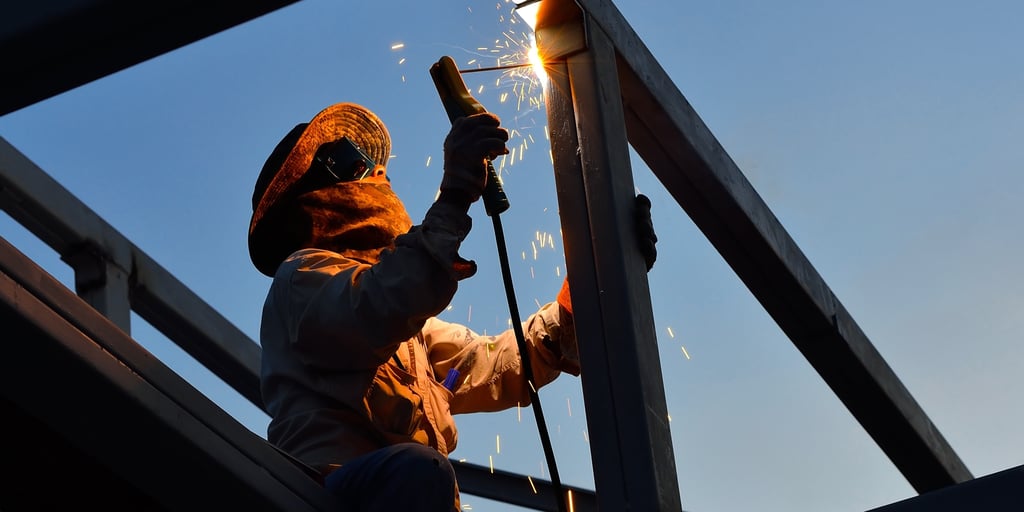Occupational health, employee safety and profitability require enterprise risk management
Risk analysis and management; here's why your company needs to be proactive
"Risk analysis", "occupational health", "risk management", "safe environment", "hazard assessment", "accident prevention"... These are all terms that are well known in companies today, but that are often not translated into concrete actions and realities, into effective habits and procedures, due to a lack of knowledge or lack of adequate advice. However, every company benefits from having an occupational health and safety (OHS) plan, a plan that begins with a complete risk analysis. Too many (preventable) workplace accidents still happen every year. Here's why your company needs to be proactive about risk management.
Risk analysis: determining the possibility of damage
In everyday life, at work or not, we evolve in different physical environments in which we interact with objects, people, machines, etc. If the chances that our interactions have an impact on us are high, in return, and fortunately, these interactions are far from being all potentially harmful. Why? Because social and work environments are generally safe. Thanks to safety standards and risk management.
What is important to remember here is the difference and the relationship between danger and risk. Not everything is risky, i.e., with a high probability of occurring, an accident for example. Not everything is dangerous either, i.e., likely (when something happens) to cause damage, an injury for example. That said, there are still many workplaces in Canada where the likelihood of accidents (and serious accidents) is real. In fact, the AWCBC has identified over 250,000
work-related injuries, deaths, and illnesses for the year 2020.
Hence the relevance of making the effort or entrusting experts with the task of properly identifying both the risks and the dangerousness at work (risk analysis). Obviously, unpredictability and bad luck exist, but to put it simply, nothing should be left to chance when... something is likely and dangerous! And that is what good risk management proposes as a mantra: inspect, identify, and define to secure and prevent. Let's look at this in more detail and concretely.
Being in control through risk analysis
Regardless of the sector of activity, what distinguishes a dynamic and viable company from one that is just getting by is its ability to manage everything well, as well as to manage risks properly. Contractors, production, suppliers, performance, costs, etc., the list of what needs to be controlled and managed is long. In terms of health and well-being of human resources, the benefits of a "healthy" risk management are also present.
OHS risk management focuses on what could go wrong and designs a strategy to prevent it from happening, or at least to prepare for it if it does happen. This form of management is based on an analysis of the environments, facilities, procedures, and processes related to the work of employees in the company.
A risk analysis begins with an exhaustive inspection of the premises and an evaluation of the potential risks and the dangerousness of the situations. The next step is to develop and implement concrete measures to deal with these risks (by defining a safe execution of tasks). Companies that have done their risk analysis well are better prepared for dramatic events and have a more
cost-effective way of dealing with them (the objective of a risk analysis, however, is to eliminate the risks).
A telling illustration: hundreds of falls occur every year in Quebec on construction sites and in companies when safety harnesses are imposed or recommended to workers. Why is this? Notably because if the employee is less than 3 meters high to work, their use is often no longer mandatory. A risk analysis could certainly improve things, either by determining a better place to attach safety harnesses, or by defining better ergonomics (wearing) or by modifying the standard regarding height.
Managing risk is also a competitive advantage
According to the provisions of Part II of the Canada Labour Code, both employers and employees have OHS responsibilities; everyone must think "prevention". Risk analysis is part of this framework. That said, the improvement of work environments resulting from this type of analysis also has positive "spin-offs" for managers and the organization as a whole. Why?
Because by targeting the right solution, i.e., the most ethically responsible and technically rational, the overall management of operations tends to be done in an optimal manner, while making employees more efficient and confident in the performance of their tasks. This results in increased productivity, short, medium, and long-term profitability, as well as a stronger sense of belonging and team spirit among employees.
Fewer work-related accidents also mean lower costs for replacing the workforce, as well as a corporate culture focused on prevention and stability. In short, risk management contributes to a better awareness of health risks and the importance of safety in the workplace, which makes the entire company more efficient.
Ready for a business risk analysis?
Risk analysis as a prevention tool is now a must in any intelligent work organization. A risk analysis allows to:
- Make work teams aware of the importance of a safe environment.
- Identify the hazards present in the work environment (air, water, noise, machines, etc.).
- Define the level of risks, their probability, and their frequency.
- Consider (and implement) corrective and preventive measures.
- Prioritize prevention activities according to the severity of the possible consequences.
Everyone benefits from working in an "OHS focused" company. But since there are steps to follow in risk management to ensure that a risk analysis is well conducted, there is nothing like expert advice.
To learn more and to find out where your company stands in terms of compliance, risk management and risk analysis, contact the professionals at Cognibox today.





